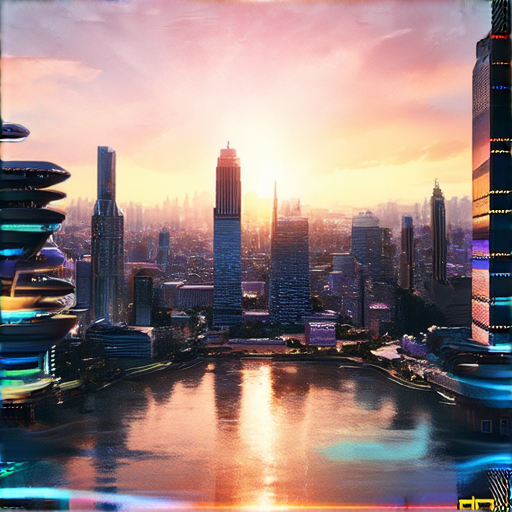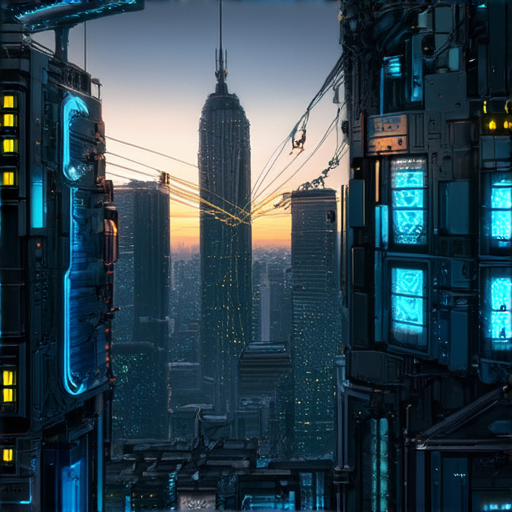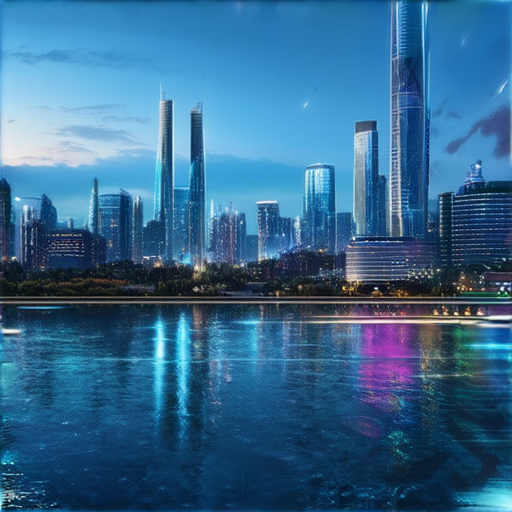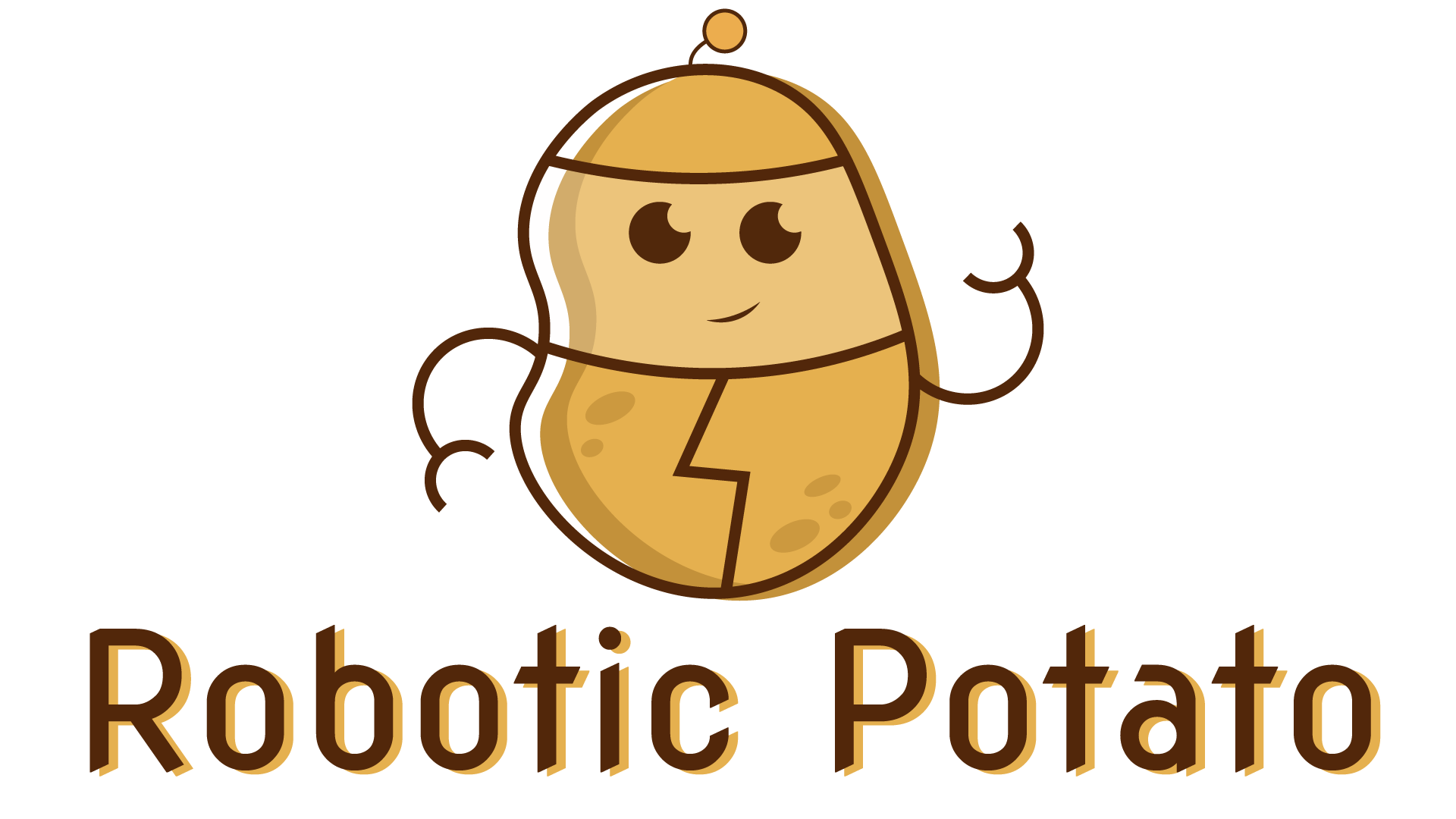In today’s rapidly evolving digital landscape, creative professionals are increasingly turning to artificial intelligence (AI) to enhance their work, stay ahead of the curve, and unlock new possibilities in writing, design, and innovation. As AI technology continues to advance, many are wondering: can AI truly augment human creativity, or will it eventually replace us? From generating ideas to automating tasks, AI has already begun to transform the way we approach creative work, raising important questions about its potential impact on our careers and industries.

The Best AI for Creativity
In my opinion, the best AI for creative tasks such as writing or brainstorming is ChatGPT and Gemini AI.
-
ChatGPT
ChatGPT is a highly advanced language model developed by OpenAI, capable of generating human-like text based on a given prompt or topic. Its ability to understand context and nuances makes it an excellent choice for creative writing, storytelling, and even poetry.
-
Key Features:
- Advanced language understanding and generation capabilities
- Ability to learn from large datasets and adapt to new topics
- Highly customizable and scalable architecture
-
-
Gemini AI
Gemini AI is a cutting-edge conversational AI platform developed by Google, designed to facilitate human-AI interactions through natural language processing. Its unique approach to conversation and dialogue management makes it ideal for brainstorming sessions, idea generation, and collaborative problem-solving.
-
Key Features:
- Advanced conversational AI capabilities
- Ability to understand and respond to complex queries
- Integration with various Google services and APIs
-
Both ChatGPT and Gemini AI have demonstrated exceptional performance in creative tasks, making them strong contenders for the title of best AI for creativity. However, it’s essential to note that the “best” AI can depend on individual preferences and project requirements.
As a technology enthusiast, I recommend exploring these AI models further to determine which one suits your needs best. Whether you’re a writer, artist, or entrepreneur, leveraging the power of AI can unlock new levels of creativity and innovation.
For more information on AI-powered creative tools and platforms, visit our dedicated resource page: AI Tools
Additionally, you may want to check out our reviews of other popular AI-powered creative tools, such as Artbreeder and Wombo Dream.
Remember to always follow best practices for AI usage and development to ensure responsible and effective integration into your projects.
AI in Creative Industry
We asked creatives how AI impacts their work, and the consensus was that AI is a supportive tool, not a replacement.
- The role of AI in creative industries has evolved significantly, with many professionals now leveraging AI as a means to augment their skills and enhance their workflow.
- One of the primary ways AI is utilized in creative industries is through content generation, where AI algorithms can assist in producing high-quality content, such as images, videos, and written pieces.
- Another area where AI is making a significant impact is in the realm of design, where AI-powered tools can aid in tasks such as color palette selection, typography, and composition.
- In addition to these applications, AI is also being used in music production, film editing, and game development, among other creative fields.
Key Applications of AI in Creative Industries
- Content Generation: AI algorithms can assist in producing high-quality content, such as images, videos, and written pieces.
- Design Assistance: AI-powered tools can aid in tasks such as color palette selection, typography, and composition.
- Music Production: AI can be used to generate musical compositions, beats, and melodies.
- Film Editing: AI can assist in tasks such as video editing, color grading, and sound design.
- Game Development: AI can be used to generate game levels, characters, and storylines.
Benefits of AI in Creative Industries
- Increased Efficiency: AI can automate repetitive tasks, freeing up time for creatives to focus on high-level thinking and strategy.
- Improved Accuracy: AI can reduce errors and inconsistencies, resulting in higher-quality output.
- Enhanced Creativity: AI can provide new and innovative ideas, inspiring creatives to push the boundaries of what is possible.
- Cost Savings: AI can reduce costs associated with manual labor, equipment, and software.
Challenges and Limitations of AI in Creative Industries
- Lack of Human Touch: AI-generated content may lack the emotional resonance and nuance of human-created content.
- Dependence on Data: AI requires large amounts of high-quality data to function effectively, which can be a challenge in certain industries.
- Risk of Bias: AI algorithms can perpetuate biases and stereotypes present in the data used to train them.
- Job Displacement: AI may displace certain jobs, particularly those that involve repetitive or routine tasks.
Future of AI in Creative Industries
As AI continues to evolve, we can expect to see even more innovative applications in creative industries.
- Increased Adoption: More creatives will adopt AI as a means to augment their skills and enhance their workflow.
- New Business Models: New business models will emerge that leverage AI to create new revenue streams and opportunities.
- Greater Collaboration: Humans and AI will collaborate more closely, leading to new forms of creativity and innovation.

Can AI Help with Creativity?
As a creative individual, I’ve often wondered whether AI can truly aid in the creative process.
- Boosting Creativity: AI can indeed boost creativity by combining data-driven insights with novel ideas.
- Applications of AI: Various AI-powered tools are already being utilized to foster creativity, ranging from music composition to business marketing.
- Challenging Limiting Mindsets: When employed creatively, AI can challenge our ingrained thought patterns, thereby expanding the boundaries of human imagination.
The Role of AI in Enhancing Creativity
- Data Analysis: AI can analyze vast amounts of data, uncovering hidden patterns and connections that might elude humans.
- Idea Generation: AI algorithms can generate novel ideas based on the analyzed data, serving as a catalyst for human creativity.
- Collaborative Tools: AI-powered collaborative tools enable seamless interaction between humans and machines, facilitating the co-creation of innovative ideas.
Practical Applications of AI in Creativity
- Music Composition: AI-assisted music composition tools can generate original melodies and harmonies, inspiring human musicians to explore new sonic landscapes.
- Business Marketing: AI-driven marketing platforms can analyze consumer behavior, identify trends, and suggest targeted advertising strategies, helping businesses stay ahead of the competition.
- Artistic Expression: AI-generated art, such as paintings and sculptures, challenges traditional notions of creativity, pushing the boundaries of what we consider “art.”
Conclusion
In conclusion, AI has the potential to significantly enhance creativity by providing valuable insights, generating novel ideas, and facilitating collaboration between humans and machines.
By embracing AI as a creative partner, we can unlock new possibilities for artistic expression, business innovation, and personal growth.

Will AI Replace Creative Writers?
In today’s rapidly evolving technological landscape, concerns have been raised about the potential impact of Artificial Intelligence (AI) on creative industries, particularly writing.
- AIs capabilities in generating content have improved significantly, leading to speculation about its potential to replace human writers.
- However, AI is not a replacement for human creativity, but rather a tool that can augment and assist writers in their work.
The Role of AI in Writing
AI can perform tasks such as:
- Research and data analysis: AI can quickly process large amounts of data, helping writers to gather information and identify patterns.
- Content generation: AI can generate ideas, outlines, and even drafts of written content, freeing up human writers to focus on high-level creative decisions.
- Edit and proofread: AI can assist with editing and proofreading tasks, helping to catch errors and improve grammar and syntax.
The Limitations of AI in Writing
While AI has made significant strides in content generation, it still lacks the nuance and emotional depth that human writers bring to their work.
- Lack of empathy and understanding: AI may struggle to truly understand the nuances of human emotion and perspective, resulting in content that feels shallow or insincere.
- Limited creativity: While AI can generate ideas and content, it often relies on patterns and algorithms, limiting its ability to think outside the box or come up with truly innovative ideas.
The Future of Human-AI Collaboration
As AI continues to evolve, it’s likely that we’ll see increased collaboration between humans and machines in the writing process.
- Human writers will continue to focus on high-level creative decisions, such as plot development, character arcs, and emotional resonance.
- AI will handle tasks such as research, data analysis, and content generation, freeing up human writers to focus on what matters most – telling compelling stories that resonate with readers.
The Benefits of Human-AI Collaboration
By working together, humans and AI can create content that is more efficient, effective, and engaging than ever before.
- Increased productivity: By automating routine tasks, human writers can focus on high-level creative decisions, leading to increased productivity and output.
- Improved accuracy: AI can help to catch errors and improve grammar and syntax, resulting in content that is more polished and professional.
- Enhanced creativity: By combining human intuition and creativity with AI’s analytical capabilities, we can create content that is truly innovative and groundbreaking.
Will ChatGPT Replace Novelists?
ChatGPT, a conversational AI developed by OpenAI, has sparked intense debate about its potential impact on various industries, including creative writing.
- Limits of ChatGPT: While ChatGPT can generate coherent and engaging text, it still struggles with originality and creativity, often producing work that lacks the nuance and emotional depth of human-written content.
- Human Touch: Novels require a level of empathy, understanding, and emotional resonance that is difficult to replicate with AI alone. Human writers bring unique perspectives, experiences, and emotions to their work, making it harder for ChatGPT to fully replace them.
Why ChatGPT Won’t Replace Novelists
- Creativity and Originality: ChatGPT’s ability to generate novel ideas and perspectives is limited compared to human writers, who can draw upon their own experiences, observations, and imagination to create unique stories.
- Emotional Resonance: Human writers can convey complex emotions and nuances through their writing, which is essential for creating believable characters and engaging storylines. ChatGPT, while capable of simulating emotions, falls short in replicating the genuine emotional depth of human-written content.
- Contextual Understanding: ChatGPT may struggle to understand the complexities of human relationships, cultural contexts, and historical events, which are crucial aspects of many novels. Human writers can tap into their own experiences and knowledge to create rich, immersive worlds.
The Future of Writing with ChatGPT
While ChatGPT won’t replace novelists, it can certainly augment the writing process. By leveraging AI-generated content, writers can explore new ideas, experiment with different styles, and streamline their workflow.
- Collaborative Writing: Imagine working alongside ChatGPT to co-create stories, exploring new ideas and perspectives together.
- Content Generation: ChatGPT can assist with tasks like research, outlining, and even drafting scenes, freeing up human writers to focus on high-level creative decisions.
Conclusion
In conclusion, while ChatGPT is a powerful tool, it won’t replace novelists anytime soon. Human writers bring a unique set of skills, experiences, and emotions to their work, making it impossible for AI alone to fully replicate the art of storytelling.
Instead, we can harness the strengths of both humans and AI to create innovative, engaging, and emotionally resonant content that captivates audiences worldwide.

Jobs That May Be Replaced by AI
As we continue to advance in the field of artificial intelligence, many jobs may become obsolete due to automation.
- Cashiers: With the rise of self-service kiosks and mobile payment systems, cashiers may find themselves replaced by machines.
- Telemarketing Agents: AI-powered telemarketing software can already handle cold calling and sales pitches, making human telemarketers less necessary.
- Data Entry Clerks: Automated data entry systems can quickly process large amounts of data, reducing the need for human data entry clerks.
- Customer Service Agents: Chatbots and virtual assistants are becoming increasingly popular, allowing customers to get assistance 24/7 without the need for human intervention.
- Bookkeeping, Accounting, and Auditing Clerks: AI-powered accounting software can automate tasks such as invoicing, reconciliations, and financial reporting.
- Bank Tellers and Cashiers: Online banking and mobile banking apps have reduced the need for human bank tellers and cashiers.
- Manufacturing Line Workers: Industrial robots and machine learning algorithms can optimize production processes, making human workers less necessary.
- Drivers: Self-driving cars and trucks may replace human drivers in the future, revolutionizing the transportation industry.
- Transcriptionists: Automatic speech recognition software can transcribe audio and video files quickly and accurately, reducing the need for human transcriptionists.
- Marketing and Advertising Professionals: AI-powered marketing software can analyze consumer behavior and preferences, creating targeted ads and campaigns without human intervention.
- Human Resources Specialists: Recruitment and hiring platforms powered by AI can streamline the recruitment process, reducing the need for human HR specialists.
- Travel Agents: Online travel booking platforms and AI-powered travel assistants can plan and book trips without human intervention.
- Medical Billing and Coding Specialists: AI-powered medical billing and coding software can automate tasks such as claims processing and insurance verification.
- Stock Traders: Algorithmic trading software can analyze market trends and make trades automatically, reducing the need for human stock traders.
- Language Translators: Machine learning algorithms can translate languages quickly and accurately, reducing the need for human language translators.
Jobs That Are Less Likely to Be Replaced by AI
While AI may replace some jobs, others require skills and abilities that are difficult to replicate with machines.
- Teachers and Educators: Teaching requires empathy, creativity, and critical thinking, making it less susceptible to automation.
- Healthcare Professionals: Doctors, nurses, and other healthcare professionals require complex decision-making skills and emotional intelligence, which are hard to replicate with machines.
- Artists and Creatives: While AI can generate art and music, human creatives bring unique perspectives and emotions to their work, making it harder to replace.
- Social Workers and Counselors: Social workers and counselors require empathy, active listening, and critical thinking, making it challenging to automate these roles.
- Skilled Tradespeople: Electricians, plumbers, and carpenters require hands-on skills and problem-solving abilities, making it less likely for AI to replace them.
- Scientists and Researchers: Scientists and researchers require critical thinking, creativity, and analytical skills, making it harder to automate these roles.
Conclusion
While AI may replace some jobs, it’s essential to note that many industries and professions require skills and abilities that are difficult to replicate with machines.
We must adapt to the changing job market and invest in education and training programs that prepare workers for the future of work.

0 Comments